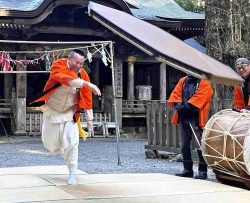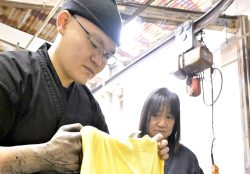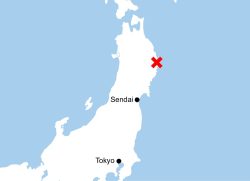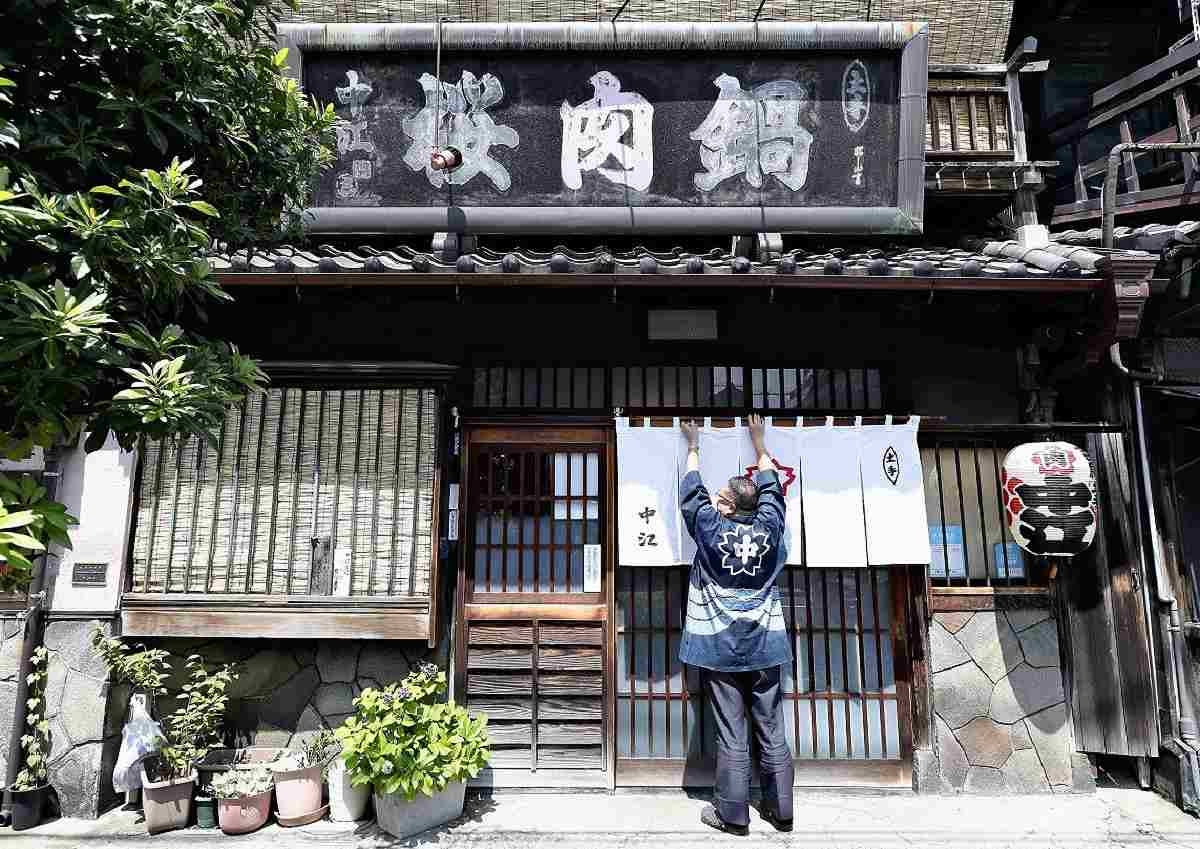
The building which houses Sakura Nabe Nakae is a registered tangible cultural property of the country.
12:27 JST, August 26, 2024
Located in Taito Ward, Tokyo, Sakura Nabe Nakae is a 120-year-old restaurant that serves sakura nabe — that is, hotpot made with horse meat. Sakura nabe is a local dish that originated in Tokyo during the Meiji era (1868-1912), and it spread around the Yoshiwara area, which was once a red-light district. During its heyday, more than 20 restaurants specializing in this dish lined the area. Sakura Nabe Nakae was one of them. Let’s get a taste of history and take a bite of this dish that has been loved by the common people for such a long time.
The spectacular two-story wooden restaurant, which was built in 1924, is a nationally registered tangible cultural property. The large sign reading “Sakura Niku Nabe” (horse meat hot pot) catches your eye as you approach. Once you have passed through the noren curtain hanging at the entrance, you will think you have entered a museum, overwhelmed by the precious items on display. This includes a painting of a horse said to be the work of the late Edo-period painter Tani Buncho and calligraphy by the literary master Saneatsu Mushanokoji.
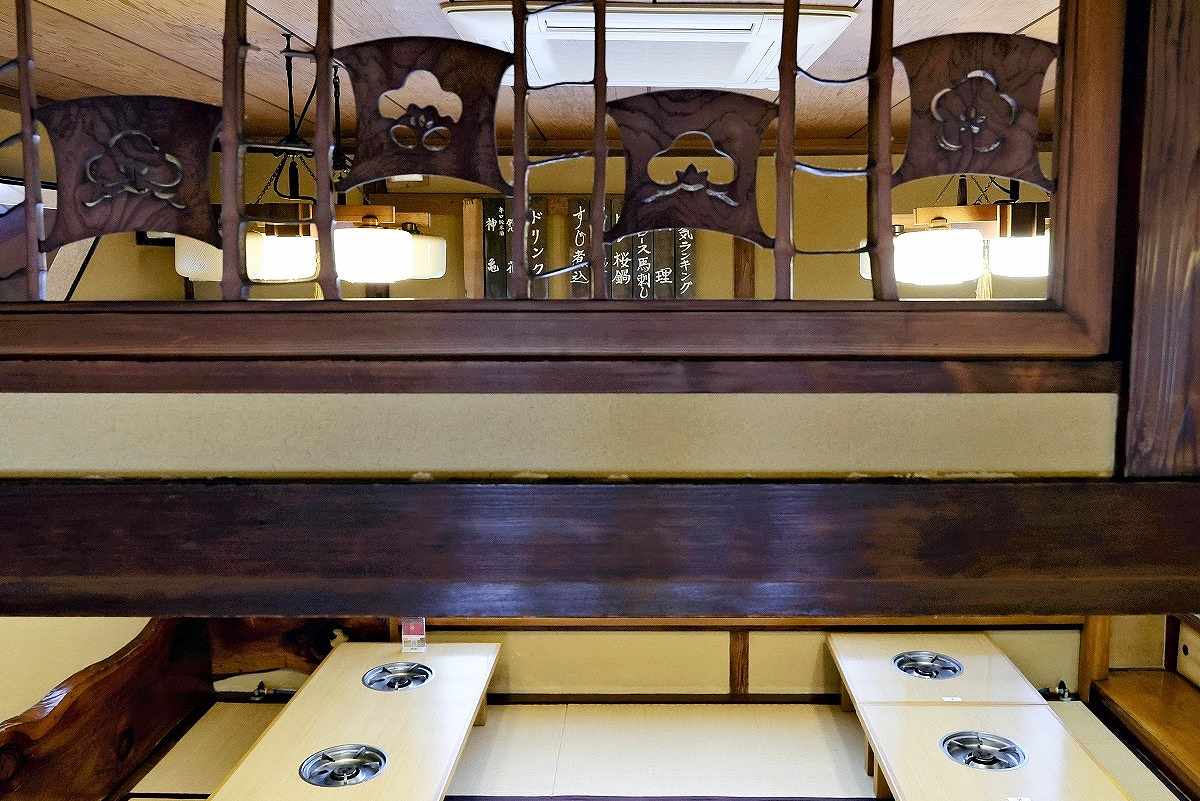
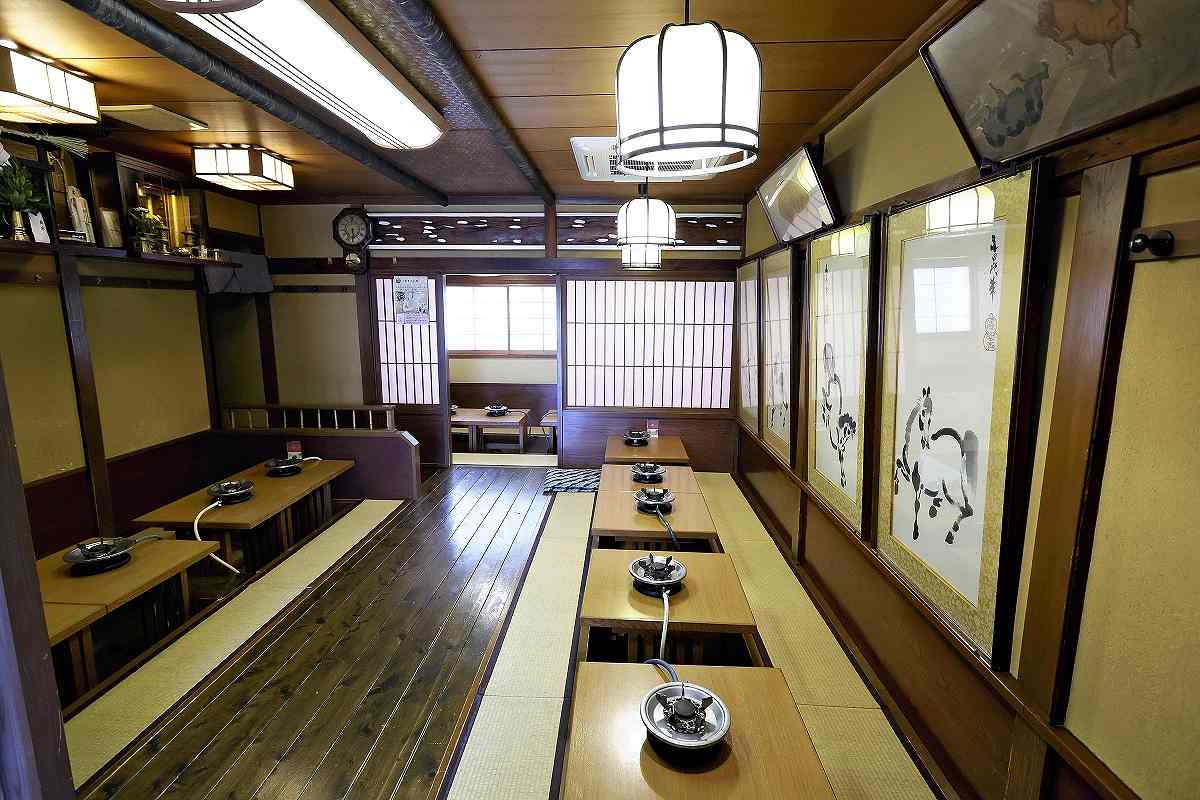
Left: A unique transom carved with patterns of pine, bamboo, plum and even cherry blossom Right: The inside of the restaurant is decorated with various valuable items, including a painting said to be the work of Edo-period artist Tani Buncho.
Sakura nabe started after people tried to make something similar to gyunabe, a hot pot dish featuring beef stewed in sauce. The beef dish became popular in Yokohama as a delicacy symbolizing the opening up of Japan.
According to Shiroshi Nakae, the fourth-generation owner of the restaurant, there is a theory that the expression “bariki o tsukeru,” (“building horsepower”), comes from people visiting Yoshiwara to eat sakura nabe.
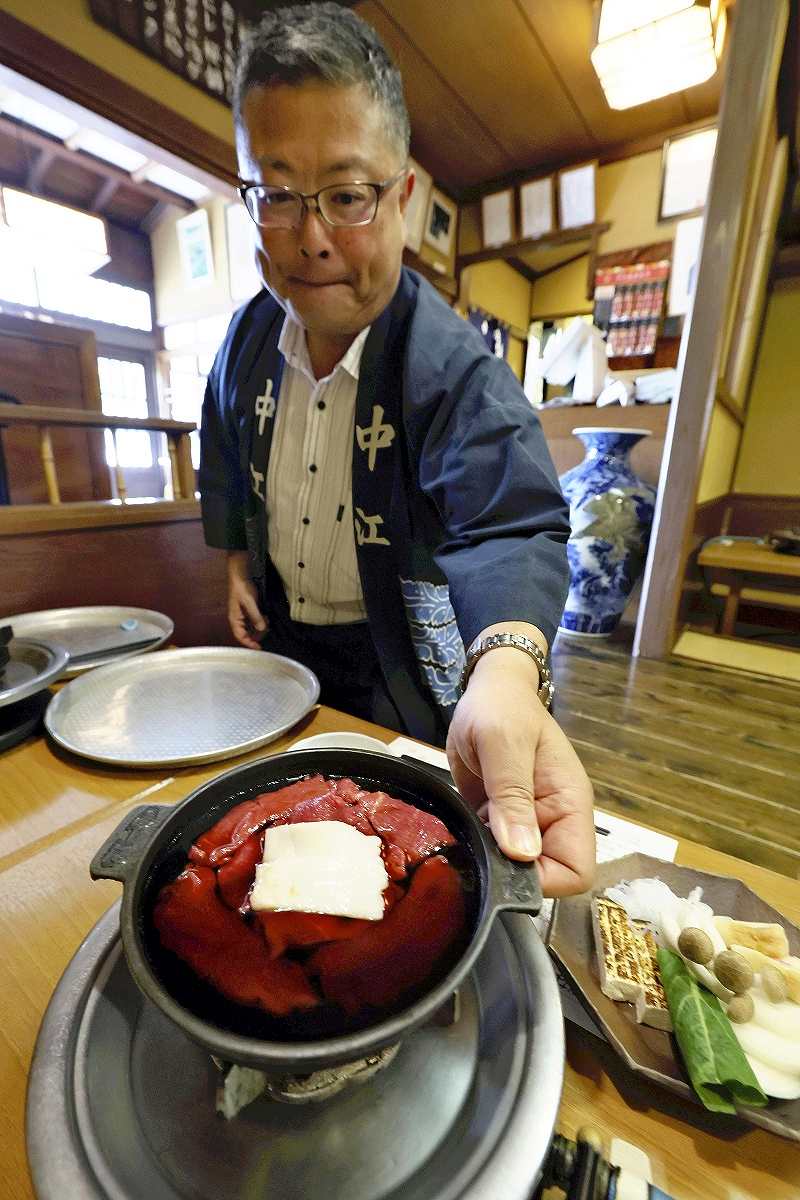
The restaurant’s specialty, sakura nabe
In a shallow pot, the horse meat is first simmered in a miso-based sauce and stock with a strong soy sauce flavor. While the meat is still slightly reddish, the diner dips it into raw egg and eats it. The meat is tender and light, but full of flavor. Next, vegetables, such as shimeji mushrooms, onions and Japanese mustard spinach, are stewed in the sauce in the pot, which is now tinged with the umami flavor of the meat. “It’s a taste that was born in Edo. The best of the ingredients is drawn out and the meat can still be eaten quickly,” Nakae said.
In recent years, the number of foreign customers has been increasing. Nakae attributes this to the influence of the popular manga, “Demon Slayer: Kimetsu no Yaiba” — one of its story arcs takes place in Yoshiwara — as well as a strong interest in Japanese culture among foreigners. In order to attract a wide range of customers, the restaurant has also developed a vegan version of sakura nabe, using a meat substitute made from soybeans.
“Enjoying horse meat as a piece of Japanese culture in a traditional building is a joy that I want to pass on to the next 100 years,” Nakae said. His determination to preserve the long-established restaurant was palpable.
***
Sakura Nabe Nakae
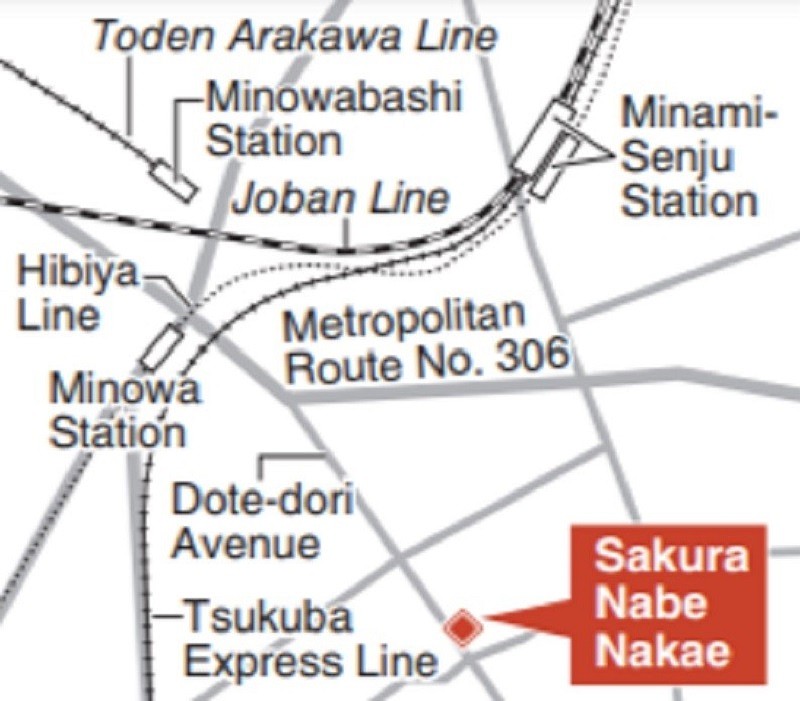
Address: 1-9-2 Nihonzutsumi, Taito Ward, Tokyo
Access: 11-minute walk from Minowa Station on Tokyo Metro Hibiya Line
Memo: Open 5 p.m.-10 p.m. on weekdays except Mondays, 11:30 a.m.-2 p.m. and 4 p.m.-9 p.m. on weekends and national holidays. Closed on Mondays. (Closed on Tuesdays if Mondays are national holidays.)
Related Tags
"Features" POPULAR ARTICLE
-

Students Recreate 19th-Century Bento Boxes Made for Ino Tadataka’s Survey Team in Hot Spring Town on Nakasendo Road
-

Santa Claus Delivers Christmas Presents to Penguins at Aquarium in Japan’s Nagasaki Prefecture
-

Sumo Restaurant in Tokyo Teaches Foreign Visitors About the Ancient Sport, with Bouts Between Retired Rikishi
-

Autonomous Passenger Ship Connects Mainland with Remote Island in Seto Inland Sea; World’s 1st Commercially Operated Autonomous Vessel
-
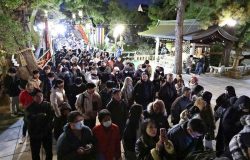
Osaka’s Sumiyoshi Taisha Shrine Bustles with New Year’s Visitors
JN ACCESS RANKING
-

As Chinese Tourists Shun Japan, Hotels and Stores Suffer
-

Osaka-Kansai Expo’s Economic Impact Estimated at ¥3.6 Trillion, Takes Actual Visitor Numbers into Account
-

Japan Govt Adopts Measures to Curb Mega Solar Power Plant Projects Amid Environmental Concerns
-

BOJ Gov. Ueda: Highly Likely Mechanism for Rising Wages, Prices Will Be Maintained
-

Economic Security Panels Debate Supply Chains, Rare Earths; Participants Emphasize Importance of Cooperation Among Allies



